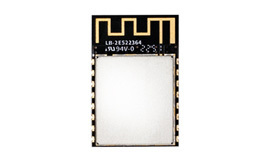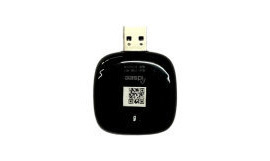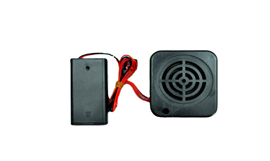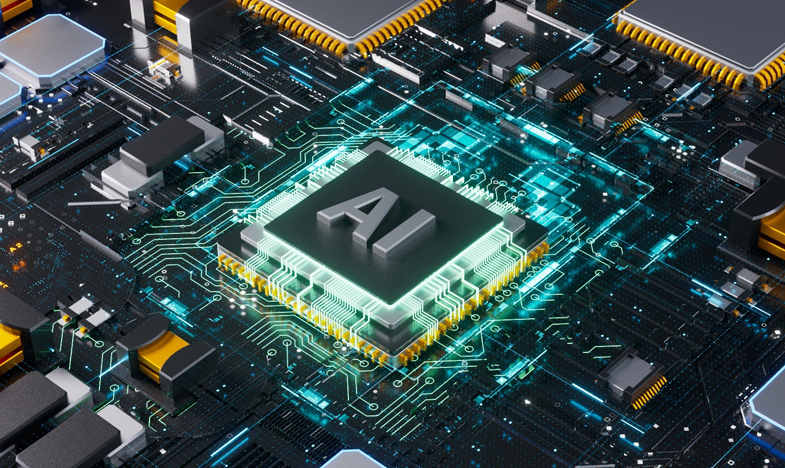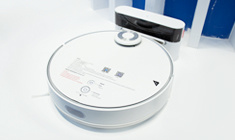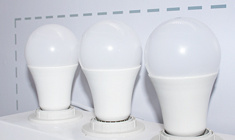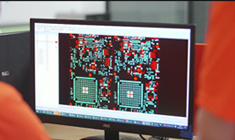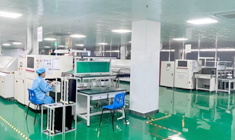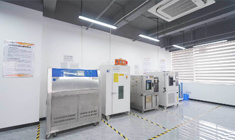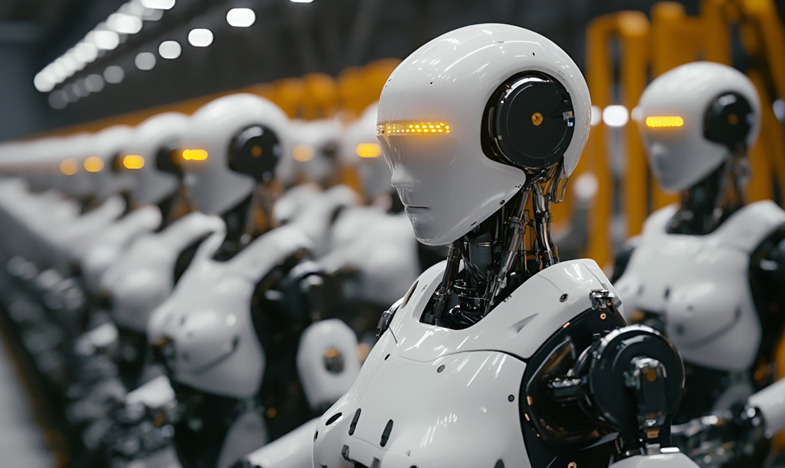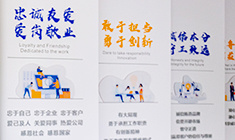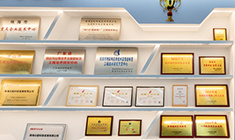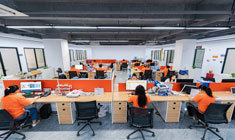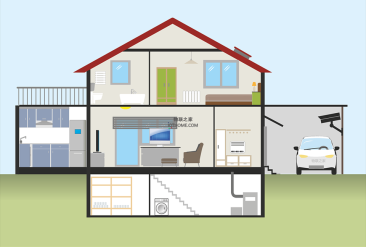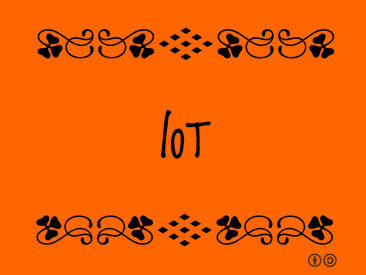
5 ways immersive technology is changing manufacturing
Release Time:
2021-05-10
The use of immersive technologies in manufacturing, such as virtual and augmented reality, can help people perform tasks with greater precision and efficiency.1. Interactive designIn the production process, the production of the product is usually preceded by a lot of planning and design practice. S
The use of immersive technologies in manufacturing, such as virtual and augmented reality, can help people perform tasks with greater precision and efficiency.
1. Interactive design
In the production process, the production of the product is usually preceded by a lot of planning and design practice. Since functional product design is the essence of quality and a key driver of product value, manufacturers attach great importance to design correctness. Traditionally, designers have been using two-dimensional CAD models to test and try out what are essentially three-dimensional products. For products that must be tested in real time, designers use physical prototypes to test product designs. These prototypes are difficult to make, or even to redesign for experimentation and retesting. In addition to being expensive, it lengthens time to market because physical prototyping requires multiple reworks of the model and each iteration takes time to physically reproduce the prototype.
Using virtual reality, designers can conceive of products in three dimensions and test them in a simulated environment until the design is complete. In addition to minimizing time to market, virtual reality provides the ability to test products under expected conditions and identify design flaws that would not be detected using conventional testing methods. This ensures that the products produced are perfect in design and minimizes the possibility of product recalls and other adverse consequences such as product failures.
2. Intelligent decision-making
Production operations need to be agile to keep up with the changing needs of the market and customers. To do so, they need to be able to make decisions quickly, but this requires a thorough and detailed analysis of the available information. However, the amount of data that needs to be analyzed in order to make safe and effective decisions may be too large to be easily processed and understood by decision makers. This leads to delays in the decision-making process, which delays necessary actions, and ultimately has the opposite effect of agile. It is becoming increasingly clear that the use of data visualization can enhance managers' decision-making and ensure that not only can answers to problems be easily found, but new problems can also be discovered that can drive higher performance and further development.
The use of virtual and augmented reality in production-related data visualization accelerates the decision-making process at all levels of the production organization, from strategic to critical operational decisions.
3. Informed maintenance
Equipment failure is a problem that causes an unexpected interruption of production and requires an immediate response from the maintenance team. Sometimes, the maintenance team may not be available to restore the equipment to normal state in a timely manner. Data visualization related to the performance and health of production equipment enables maintenance teams to identify equipment health issues that would normally go unnoticed. While addressing these issues, the use of augmented reality equipment to guide amateurs can maximize plant and equipment utilization by ensuring that production facilities are functioning without prolonged downtime.
4, strict inspection
Quality inspection is a key component of the production process. When organizations push to maximize productivity, they also emphasize improving product quality and consistency standards. In order to ensure product quality, in addition to adopting automated testing methods, human quality inspectors must typically inspect hundreds of units to find defects. Because of human constraints, this leads inspectors to miss subtle indicators of nonconformity. Combining augmented reality with artificial intelligence and sensor technology can illuminate even the most subtle deviations in production units to achieve higher standards of product quality.
5. Immersive training
On-the-job training is necessary for manufacturing employees to achieve maximum effectiveness and efficiency. This process takes time, and deploying inexperienced new employees to perform critical operations can affect the quality of the work and even lead to security issues. Training new employees in a virtual reality environment allows them to gain the experience and proficiency to perform their duties without compromising productivity, quality and safety.
The indispensability of virtual and augmented reality in manufacturing will become a common trend in the coming years, at least until powerful and often intelligent robots replace us. It is also possible, however, that as these and other technologies improve (allowing humans to further participate in manufacturing), we may not need robots for a long time. (Compile iothome)
Reprinted in the House of Things

Guangdong Joinet IOT Technology Co.,Ltd
Manufacturing Base:
Joinet Technology Park,No. 168 Tanlong North Road,Tanzhou Town,Zhongshan City,Guangdong Province,China
Pre Sales Hotline:19966308713 13823973022
Switchboard:0760-8663 0003 (transferred) 523
Pre Sales Email:sw@znaiot.com

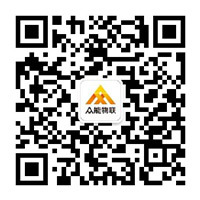
Contact Us:
Looking forward to your call anytime



